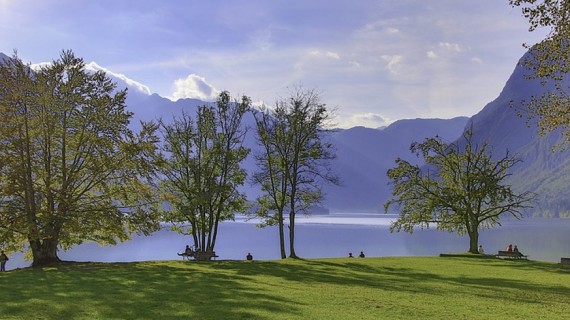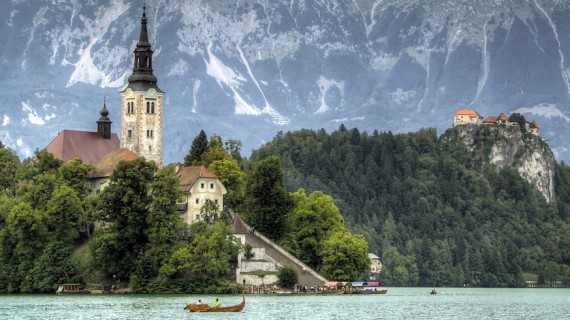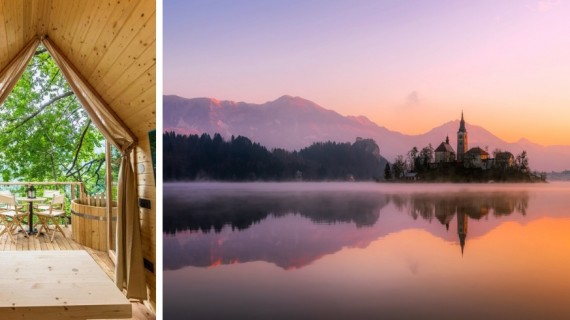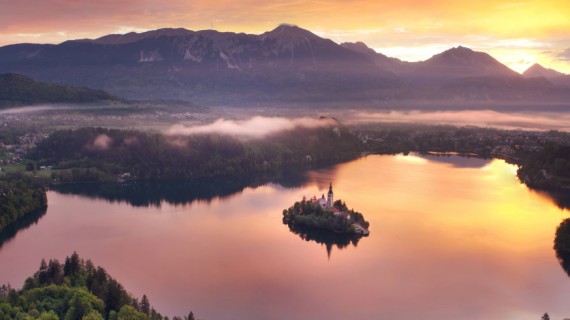Enjoy the most beautiful panoramas of Slovenia through virtual technology. Use it to take a virtual walk in Slovenia and to plan your future trips. Discover the top 10 natural and cultural attractions we have chosen for sustainable eco-travelers.
Julian Alps
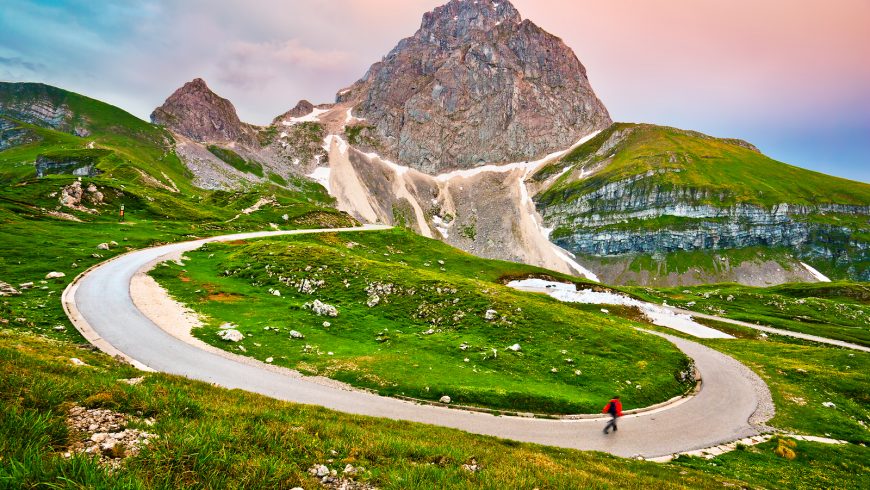
In Julian Alps, you will find magnificent peaks that reach over 2,500 m in height with spectacular panoramas, pure waters, and green landscapes. The king of these peaks is Triglav, the highest mountain in Slovenia. In addition, you can immerse yourself in nature in the Triglav National Park. Visit the idyllic Lake Bled, with the only natural island in Slovenia and the wild Lake Bohinj. Finally, follow the Soča River to the Brda wine hills. Shortly, Julian Alps offers a splendid natural background, a rich cultural heritage, and numerous active experiences for eco-travelers.
Where to eco-stay?
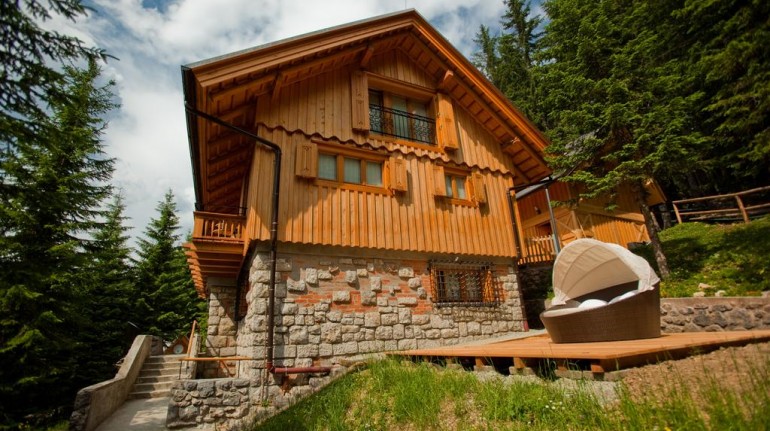
Eco Villa Triglav is in the heart of Triglav National Park and the Julian Alps. The Villa, built-in 1939, is known as “Tito’s villa”. This unique accommodation is only 20 minutes driving from both lakes Bled and Bohinj. It offers deluxe ecological chalets with a lovely outdoor hot-tub and VIP wellness. On a beautiful location, Villa Triglav guarantees privacy in a peaceful and unspoiled nature. In addition, you can choose between mountain biking, hiking, fishing, walking, skiing, and other sports.
Kamnik-Savinja Alps
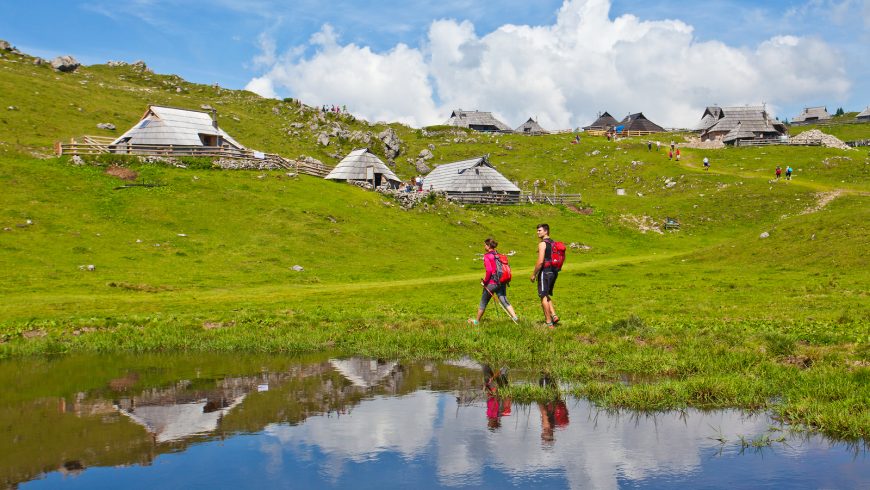
In Kamnik-Savinja Alps there are peaks that exceed 2000 m and many protected natural areas, therefore it is ideal for mountaineering and for hill trips. The highest peaks exceed 2,500 m and you can reach it using marked mountain trails. Grintovec (2558 m) is the highest peak in the Kamnik-Savinja Alps. Among the highest peaks, we find Ojstrica (2350 m), Brana (2253 m), and Storzic (2132 m). Visit Logarska Dolina, one of the most beautiful alpine valleys in Europe. Immerse yourself in nature in a wild mountain atmosphere. In conclusion, this is an ideal destination for lovers of hiking and mountaineering.
Where to eco-stay?
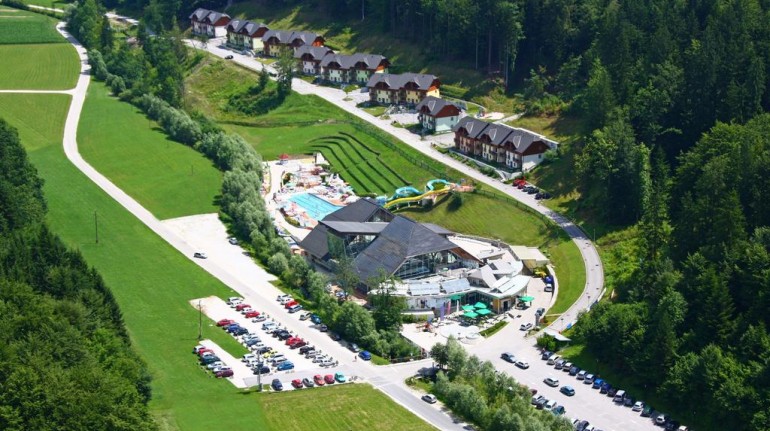
Eco Thermal Spa Snovik is in the heart of Tuhinj valley, less than an hour’s drive from Ljubljana. This is the highest altitude spa center in Slovenia. Surrounded by The Kamnik Savinja Alps and beautiful forests, Thermal Spa Snovik is situated in an intact natural environment. The thermal water Snovik, naturally pure and rich in magnesium, calcium, and many other beneficial minerals, emerges from the depths of the Earth. In addition, the resort is proud to exhibit the Ecolabel Green Accommodation.
- Source: ecobnb.com
Karavanke
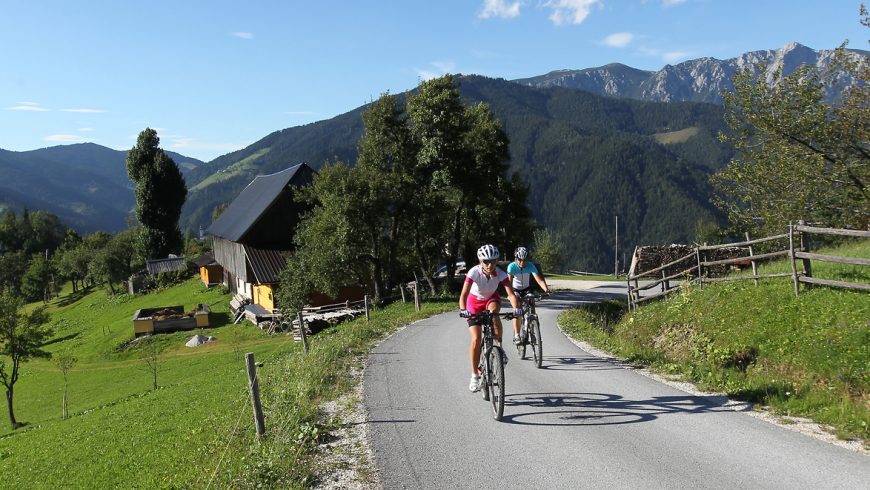
The name of Karavanke is due to the direction of the mountains and valleys that follow each other like a caravan, with rich nature, and well-preserved cultural heritage. In addition, there is a large variety of plant and animal species. Therefore, Karavanke mountains are part of the Natura 2000 network. The mountains and hills with marked paths are suitable for walking and hiking. Mount Stol, with its medium height peak (1,673 m), offers to eco-travelers a wonderful panoramic viewpoint on the sea. To sum up, Karawanks is an ideal choice for immersing yourself in nature.
Lovrenc Lakes
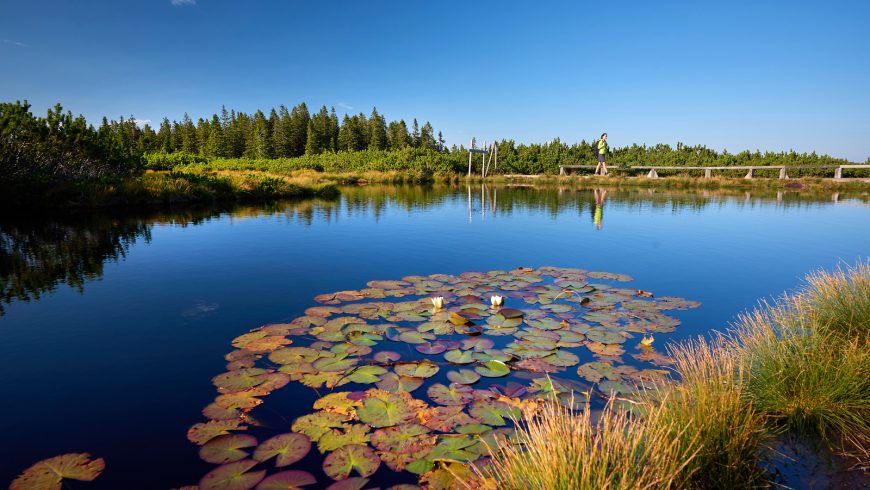
Lovrenc Lakes are 20 small lakes or bogs, located at an altitude of 1500 m, with a maximum depth of 1.2 m. Only rainwater irrigate this area. While walking along the soft meadows and mosses of the swamp, you can admire the peat ponds, the places of growth of rare plants, and enjoy the wonderful panoramas. Certainly, the most beautiful panorama is that of the panoramic tower, located near the highest lake. Lovrenc lakes are one of the most picturesque trekking spots surrounded by unique nature. In addition, they are part of the largest Slovenian forest reserve.
Kozjak Waterfall
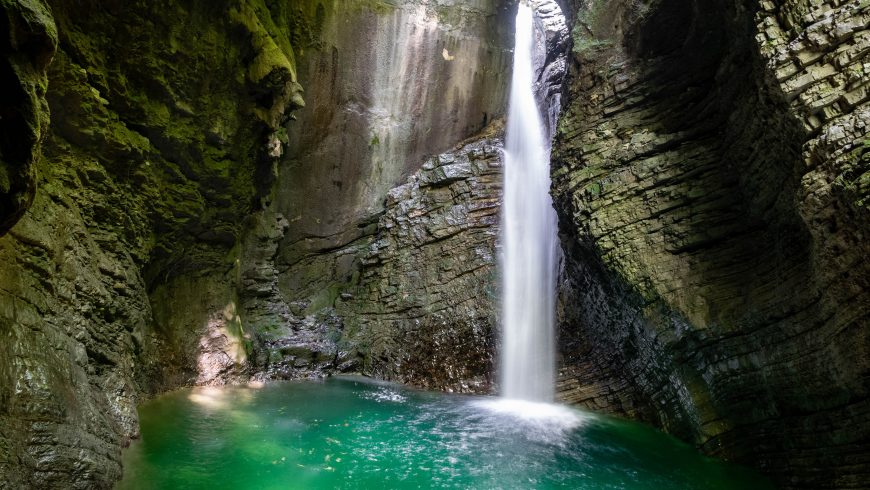
The marvelous 15 meters high Kozjak Waterfall is located along the gorge of the Kozjak torrent, above the Soča river, in a rocky amphitheater near Kobarid. Moreover, access to the Kozjak waterfall is easy and also suitable for families. In short, follow the road from Kobarid to Drežnica, walk the road behind Napoleon’s bridge over the Soča. The Kozjak Waterfall is one of the tourist destinations along the historic Kobarid route and can be reached along a beaten path.
Peričnik Waterfall
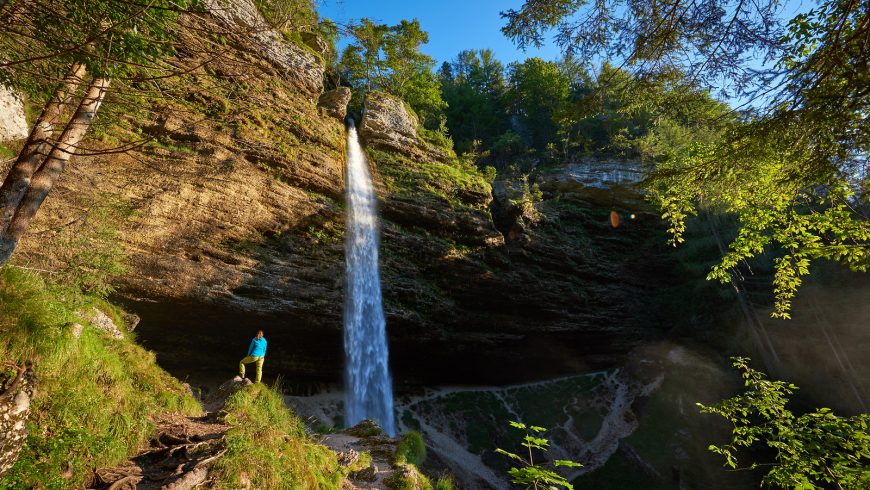
The Peričnik Waterfall is spectacular, with its 52 meters, it is one of the highest waterfalls in Slovenia. You can walk behind it and get to the pool below. In winter, the waterfall turns into countless icicles and slabs. The Pericnik waterfall consists of two waterfalls: the upper, 16 meters high, and the lower, 52 meters high. The lower part is the most interesting. This magnificent waterfall is located about half an hour’s drive from Bled, in the beautiful Vrata valley. To get there, there is a marked path, which from the village of Mojstrana leads to the waterfall, following a small picturesque river called Triglavska Bistrica. The short walk to the Pericnik falls is steep but fun and takes less than 10 minutes. To sum up, the waterfall, one of the best in the country, is definitely worth seeing.
Vintgar Gorge
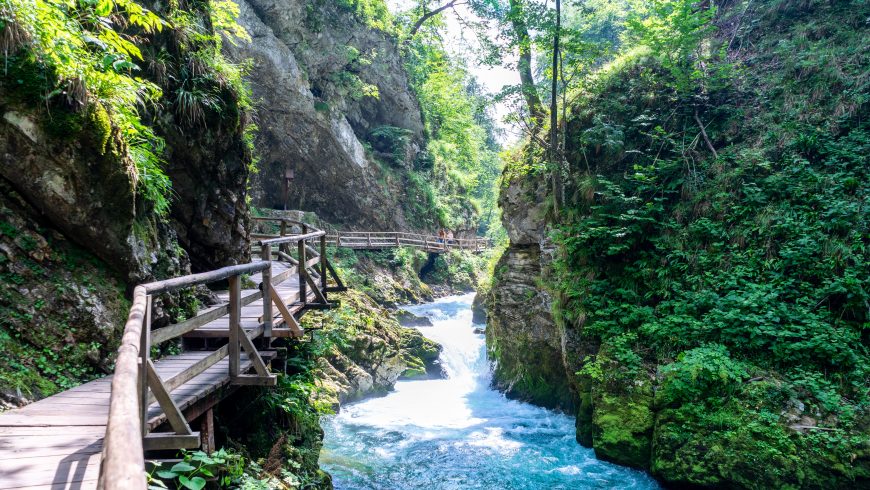
Immerse yourself in unspoiled nature, about 4 km north-west of Bled, in the first tourist-equipped gorge in Slovenia. Coming from Bled, the Vintgar gorge is the closest entry point to the Tricorn National Park. The Vintgar gorge winds its way between the vertical walls of the Boršt and Hom mountains for 1.6 km and is crossed by the Radovna river with waterfalls, rapids, erosive phenomena and other wonders of nature. A pedestrian path on wooden bridges crosses the gorge. From the panoramic terrace, you can admire the Šum waterfall (13 m high). You can also admire the stone bridge of the Transalpina railway and wait for the train to pass. Certainly, for eco-travelers, Vintgar is among the main attractions of Slovenia, thanks to its natural beauty.
Where to eco-stay?
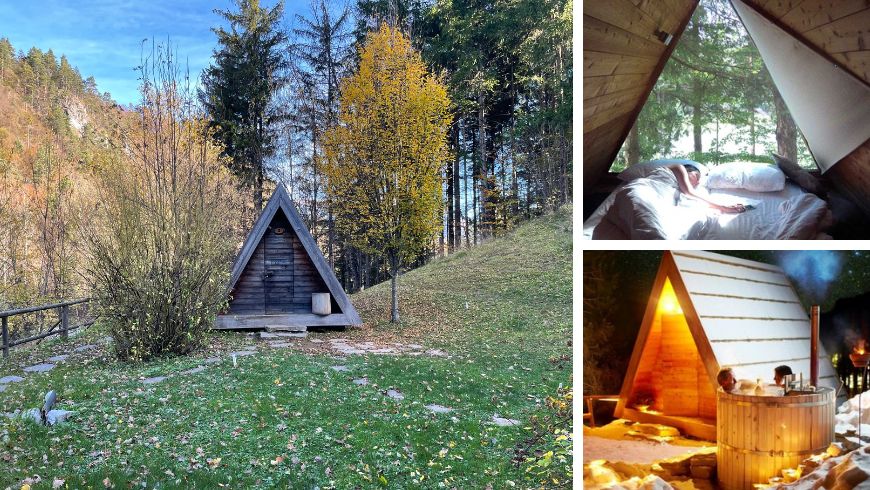
Glamping Gozdne Vile is very close to the town of Bled and the picturesque Lake Bled. It offers guests a perfect place to relax and the highest level of comfort in beautiful wooden tents. This eco-glamping is ideal for those who want to find out what the region has to offer. Therefore, from here you can explore Bled, the Julian Alps and the Gorenjska region, and also have great access to the rest of Slovenia.
Križna Cave
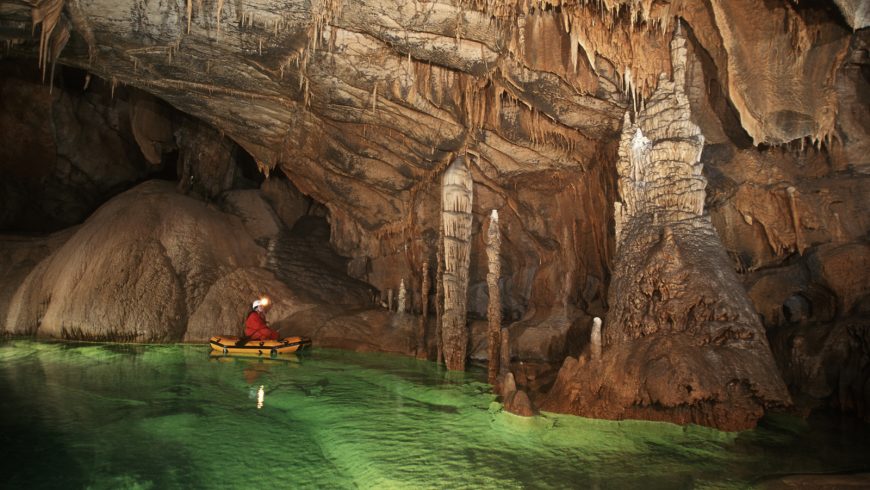
The entrance to the Križna Cave is 1.5 km south of the town of Bloška polica. This karst cave reaches a length of 8.3 km and there are 22 underground lakes, which can be crossed by boat. Križna Cave is also known for the discovery of the remains of the cave bear. Its high bio-diversity is also very important. Visit the most beautiful part of the cave called Calvary (Kalvariji), which is divided into two tunnels, the Muddy passage (Blatni rov) directed north and the Colorful passage (Pisani rov) directed north-east. Speleologists usually reach the largest part of the cave, the Crystal mountain (Kristalne gore) by going through the Colorful passage. Križna Cave is the only cave in Slovenia with its original appearance, in fact, there are no artificial lighting and concrete paths. The number of visitors is limited, so it is recommended to book the visit well in advance.
Arboretum Volčji Potok
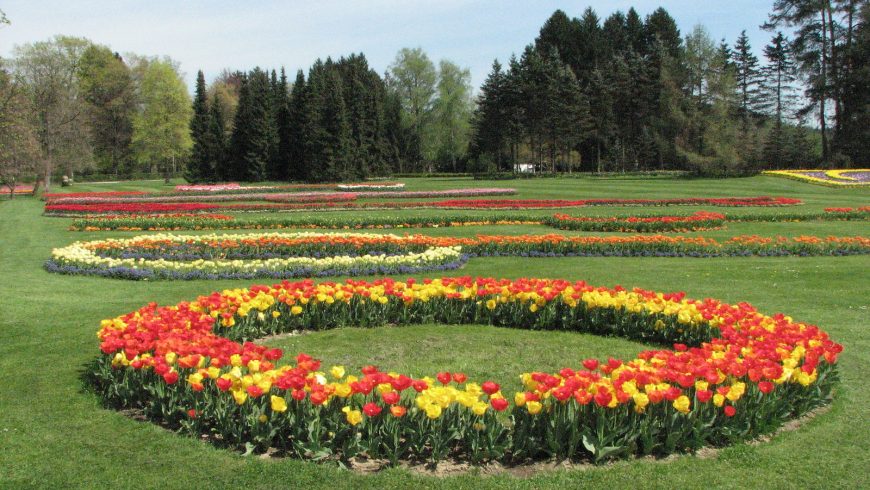
Arboretum Volčji Potok covers an area of 85 hectares. It is the most visited botanical garden in Slovenia and is located only 20 km from the capital, Ljubljana. In this public park, visitors can take long and relaxing walks immersed in nature, along its gravel paths. It is the right place for flower lovers and for gardening and nature enthusiasts. The park is open all the year: in spring you can walk and observe the awakening of nature; during the summer you can admire the flowerbeds of cheerful colors; in autumn, when the dry leaves fall, you can enjoy the last warm rays of the sun; finally, even in winter, you can enjoy unforgettable views. In conclusion, among the attractions for eco-friendly travelers, this is a perfect destination.
Bohinj Railway
This famous railway line was built in 1906 at the time of the Austro-Hungarian kingdom. The Bohinj Railway line has 28 tunnels, 5 galleries, and 65 bridges! It is the technically most demanding railway section of the transalpine line that connects Trieste and Jesenice, also passing through the Solkan Bridge, which is the longest single-arched stone bridge in the world, with its 85 m extension. Admire picturesque gorges, tunnels, viaducts, and ingenious bridges. If you love history, board the historical train and let yourself be carried by its steam locomotive, also through the Bohinj tunnel, which is the longest railway tunnel in Slovenia (6,327 m). In addition, the stations along the way are excellent starting points for visiting the splendid territories between the Julian Alps and the Adriatic.
Cover image: Photo by Ales Krivec on Unsplash
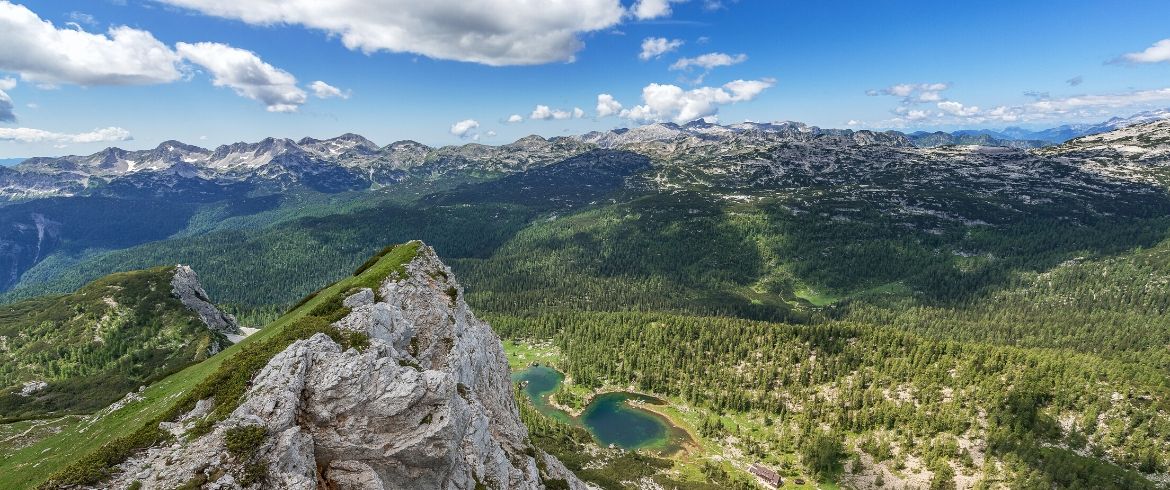
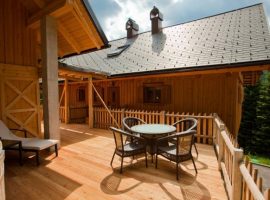
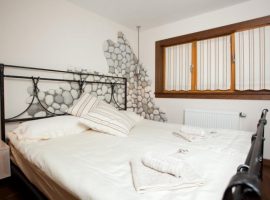
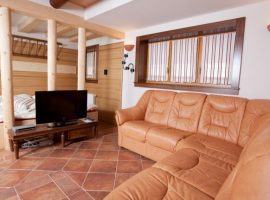
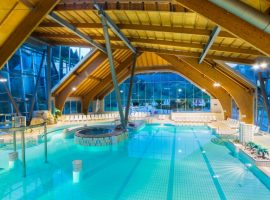
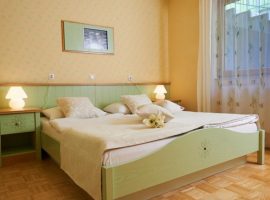

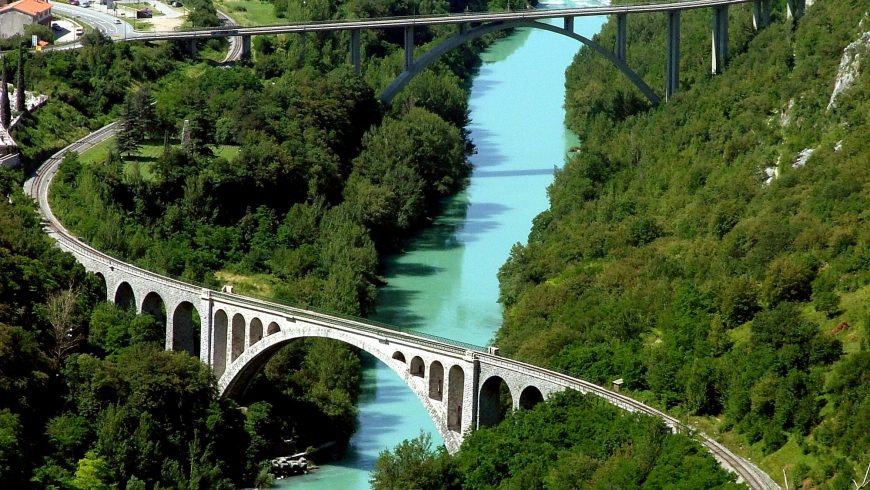
 Eco Thermal Spa Snovik – Green Resort in Snovik, Municipality of Kamnik, Kamnik, SI
Eco Thermal Spa Snovik – Green Resort in Snovik, Municipality of Kamnik, Kamnik, SI 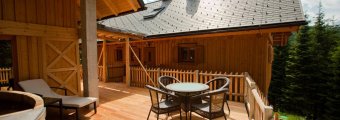 Eco Villa Triglav on Pokljuka – Green House in Pokljuka, Bohinj, SI
Eco Villa Triglav on Pokljuka – Green House in Pokljuka, Bohinj, SI 